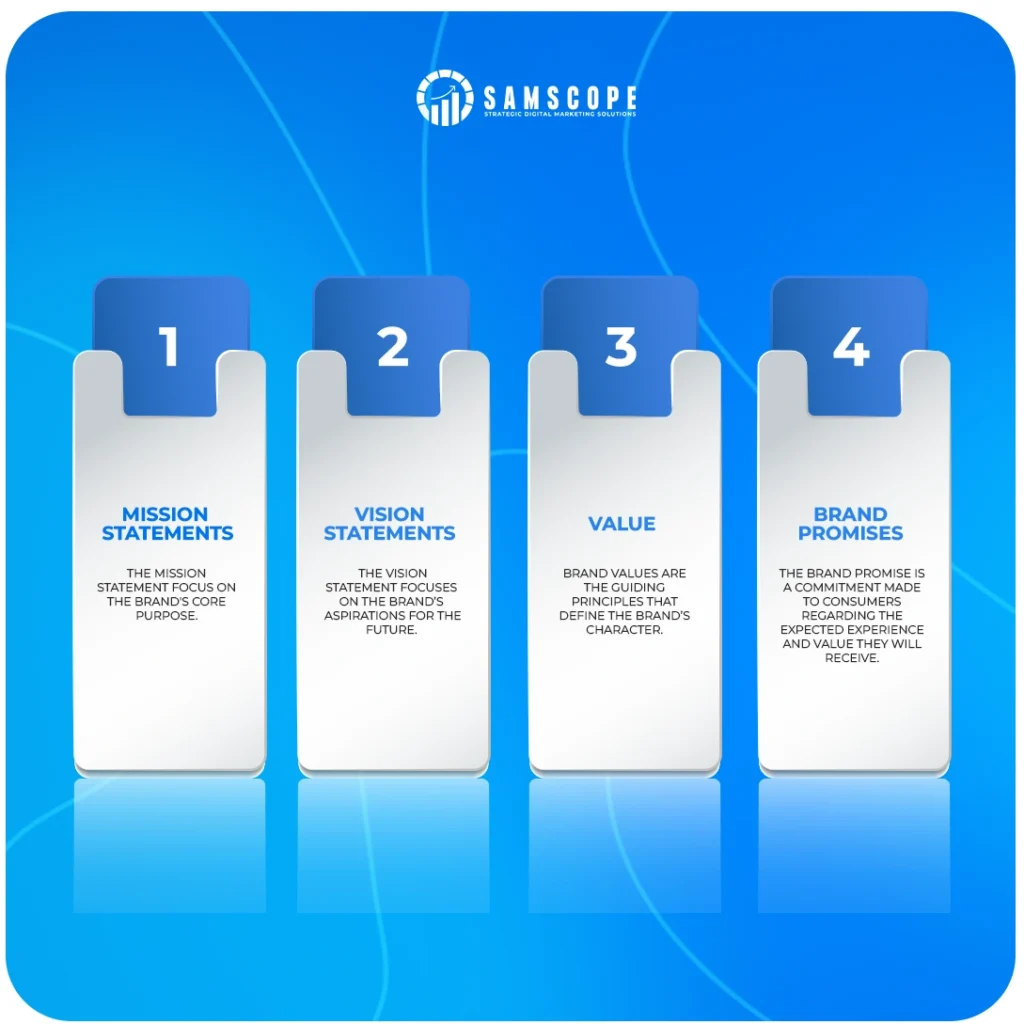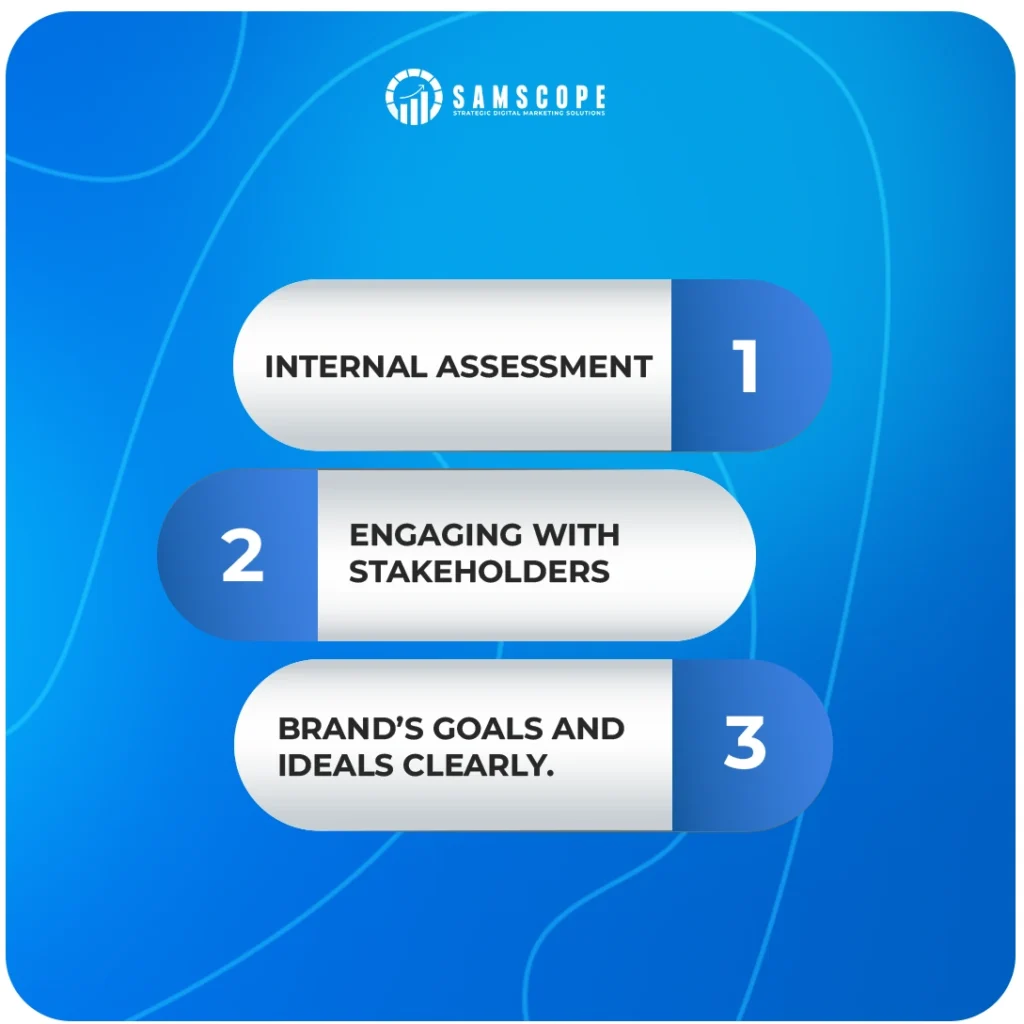
Brand purpose refers to the underlying reason a brand exists, beyond the products or services it offers. It embodies the values and commitments that drive a company’s actions and influence its relationships with stakeholders, including customers, employees, and the community. In today’s highly competitive business environment, merely focusing on profit maximization is insufficient. Successful brands understand that a strong brand purpose can significantly enhance customer loyalty, driving not just transactions, but lasting relationships. This deeper connection is often rooted in shared values and a commitment to social responsibility.
The significance of brand purpose lies in its ability to inspire and motivate both internal and external audiences. Brands that articulate a clear and compelling purpose resonate with customers who seek connections that align with their personal beliefs and values. For instance, companies such as Patagonia have established themselves not solely as outdoor apparel retailers but as advocates for environmental sustainability. Their commitment to eco-friendly practices and social responsibility has cemented their reputation and fostered a loyal customer base that values these efforts.
Moreover, an effective brand framework integrates the brand purpose into every aspect of the business. This includes marketing strategies, product development, and customer engagement initiatives, ensuring that all actions reflect the brand’s core values. Starbucks, for example, has successfully infused its brand purpose of fostering community connections into its operations, from creating welcoming store atmospheres to implementing ethical sourcing practices. This alignment between purpose and action enhances customer perception and drives positive brand experiences.
In conclusion, defining a brand purpose extends beyond profit-generation; it establishes a meaningful connection with customers. Those brands that authentically embrace their purpose can foster loyalty and project an image that resonates powerfully within their target markets.
Components of a Brand Framework
A brand framework serves as a critical blueprint for establishing and communicating a brand’s identity. It is constructed through several key components, including mission statements, vision statements, values, and brand promises. Each of these elements plays a vital role in aligning the brand purpose with the expectations and experiences of its audience.

The mission statement articulates the brand’s core purpose, defining what it seeks to achieve in the present. It guides the organization’s day-to-day decisions, ensuring that all actions are in harmony with its fundamental objectives. A well-crafted mission statement not only clarifies the direction of the brand, but also serves as a motivational tool for employees and stakeholders alike
In contrast, the vision statement focuses on the brand’s aspirations for the future. It provides a long-term perspective, illustrating where the brand aims to be in the coming years. This forward-thinking component fosters a sense of ambition and encourages innovation within the organization, helping to inspire both employees and customers about the potential journeys ahead.
Brand values are the guiding principles that define the brand’s character. They encompass the beliefs and ethical standards that influence behavior and decision-making within the organization. Strong brand values resonate with customers, creating a sense of loyalty and trust. When consumers feel aligned with a brand’s values, they are often more willing to engage with it and become advocates for its offerings.
The brand promise is a commitment made to consumers regarding the expected experience and value they will receive. It acts as a crucial touchpoint, ensuring that the brand’s communications and actions align with consumer expectations. By maintaining consistency across all interactions, brands can nurture trust and credibility while reinforcing their overall brand framework.
Each of these components is interconnected; alignment among them is essential in fostering a cohesive brand identity. Together, they shape the brand’s overarching strategy and enhance the customer experience, establishing a meaningful connection between the brand and its audience.
Creating a Brand Purpose Statement
Establishing a compelling brand purpose statement is a pivotal step in aligning your organization’s objectives with the values and expectations of your target audience. To craft an effective brand purpose, one must navigate through several key phases that foster internal cohesion and foster external connections.

The first phase involves conducting a thorough internal assessment. This requires an in-depth evaluation of your company’s mission, vision, and values. Gather insights from team members across varying levels and departments to gauge personal perceptions of the brand’s essence. Such inclusivity not only enriches the brainstorming process but also ensures that the resulting brand purpose resonates with internal stakeholders.
Next, engaging stakeholders is essential. Stakeholders often encompass employees, customers, investors, and even community members. By facilitating workshops or surveys, you can gather diverse perspectives on what your brand represents and aims to achieve. This collective input will serve as a foundation for articulating a brand purpose that reflects a shared vision for the future.
Once you have synthesized insights from your internal assessments and stakeholder engagement, the next step is to articulate the brand’s goals and ideals clearly. Strive for clarity and conciseness in your brand purpose statement, ensuring it is easy to understand and remember. A well-formulated statement could be, “To inspire healthier communities by connecting people to real food,” which not only defines the brand but also establishes an emotional connection with the audience.
It is also crucial that the brand purpose resonates with both internal teams and the target audience. To achieve this, utilize storytelling techniques that illustrate how the brand purpose materializes in day-to-day operations and customer interactions. Examples from various industries highlight innovative approaches, such as Patagonia’s commitment to environmental conservation, showcasing how effectively integrating a strong brand purpose can lead to meaningful connections and long-lasting loyalty.
Measuring the Impact of Brand Purpose
Measuring the impact of brand purpose is vital for understanding how effectively a company connects with its audience and translates its values into business performance. Companies that embed a strong sense of purpose into their brand framework often witness enhanced customer engagement and loyalty, which can be measured through various metrics and Key Performance Indicators (KPIs). One critical metric is brand loyalty, which reflects customers’ commitment to and advocacy for a brand. Brands that successfully integrate purpose resonate with consumers, leading to higher repeat purchase rates and a propensity for customers to recommend the brand to others.
Another significant metric is customer advocacy, which captures the extent to which customers actively promote a brand. Brands that communicate a clear and engaging purpose often generate positive word-of-mouth, which influences potential customers’ perceptions and purchasing decisions. Surveys and social media analytics can provide insights into customer sentiment and advocacy levels, thereby helping to assess the overall impact of brand alignment with its core mission.
Additionally, social impact assessments are essential for evaluating how a brand’s purpose translates into tangible benefits for society. This could include measuring outcomes related to sustainability efforts, community engagement initiatives, or contributions to social causes. Such evaluations help organizations understand the broader implications of their brand framework and illustrate to stakeholders the importance of purpose-driven strategies.
Case studies have also highlighted the correlation between a strong brand purpose and business success. For example, brands that prioritize social responsibility not only enhance their public image but often experience significant growth in market share. Statistics demonstrate that purpose-driven companies outperform their competitors, solidifying the notion that a clear brand purpose is not just beneficial for engagement but is also instrumental in achieving corporate objectives. These insights reinforce the importance of measuring brand purpose’s impact, thereby guiding companies toward an effective branding strategy that fosters meaningful connections with their audience.




2 Comments
Wow wonderful blog layout How long have you been blogging for you make blogging look easy The overall look of your site is great as well as the content
I am really impressed along with your writing skills as smartly as
with the layout for your blog. Is that this a paid theme or did you modify it
your self? Anyway keep up the nice high quality writing, it’s
uncommon to see a great blog like this one these days.